Home>Garden Essentials>What Goes Under Synthetic Grass
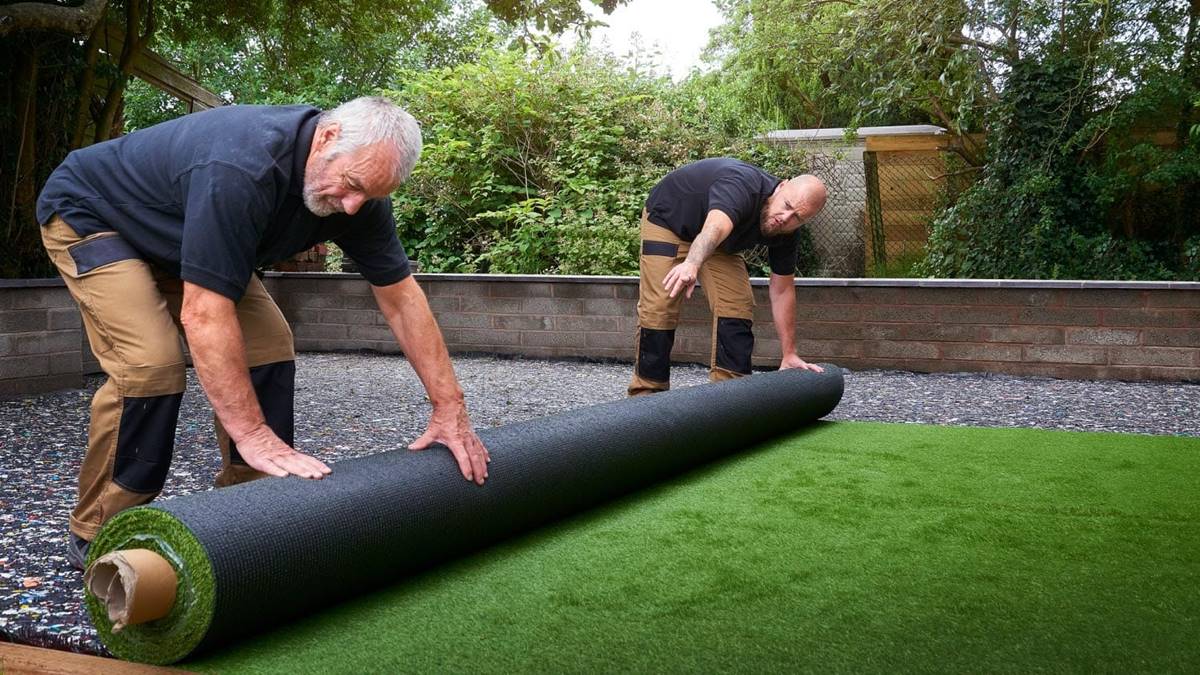

Garden Essentials
What Goes Under Synthetic Grass
Modified: March 24, 2024
Enhance your garden with synthetic grass. Discover what goes under synthetic grass for a beautiful and low-maintenance landscaping solution.
(Many of the links in this article redirect to a specific reviewed product. Your purchase of these products through affiliate links helps to generate commission for Storables.com, at no extra cost. Learn more)
Introduction
Welcome to the world of synthetic grass! If you’re looking for an alternative to natural grass for your garden, then you’ve come to the right place. Synthetic grass offers a host of benefits that make it a popular choice for homeowners and landscapers alike. Whether you’re tired of mowing, watering, and maintaining natural grass or you simply want a lush, green lawn all year round, synthetic grass provides a hassle-free solution.
But what exactly goes under synthetic grass? In this article, we’ll explore the various components and preparations required to ensure a successful installation. From base preparation to drainage options and infill materials, we’ll cover everything you need to know to create a beautiful and long-lasting synthetic grass landscape.
Before we dive into the details, let’s take a moment to understand why synthetic grass has become such a popular choice. One of the main benefits of synthetic grass is its low maintenance nature. Unlike natural grass that requires regular mowing, watering, and fertilizing, synthetic grass stays green and pristine without the need for constant upkeep. This saves you time, money, and energy – allowing you to spend more time enjoying your beautiful garden rather than working on it.
In addition to its low-maintenance nature, synthetic grass is also highly durable. It can withstand heavy foot traffic, children’s play, and even pet activities without getting worn out or damaged. This durability ensures that your synthetic lawn will stay lush and vibrant for years to come, making it a wise long-term investment for your garden.
Furthermore, synthetic grass is an environmentally friendly option. It eliminates the need for water, pesticides, and fertilizers, reducing your carbon footprint and helping to conserve precious resources. Synthetic grass is also free from harmful chemicals, making it safe for children and pets to play on.
Now that we’ve explored the benefits of synthetic grass, let’s delve into what goes under it. The proper base preparation is crucial for a successful synthetic grass installation. This includes preparing the soil, ensuring proper drainage, and implementing effective weed control measures. In the following sections, we’ll take a closer look at each of these aspects and guide you through the installation process.
Key Takeaways:
- Synthetic grass offers low maintenance, durability, and environmental benefits. Proper base preparation, drainage, and weed control are essential for a successful and long-lasting installation.
- Choosing the right infill material and following a regular maintenance routine are crucial for preserving the lush and vibrant appearance of synthetic grass. Regular brushing, debris removal, and proper drainage maintenance are key.
Read more: What Goes Under Fake Grass
Benefits of Synthetic Grass
Synthetic grass offers a plethora of advantages over natural grass, making it a popular choice for homeowners, businesses, and sports fields. Let’s explore some of the key benefits of synthetic grass:
- Low maintenance: One of the biggest advantages of synthetic grass is its low maintenance nature. Unlike natural grass, which requires regular mowing, watering, and fertilizing, synthetic grass stays green and vibrant with minimal effort. This saves you time, money, and energy on lawn care.
- Durability: Synthetic grass is highly durable and designed to withstand heavy foot traffic, making it an ideal choice for high-activity areas such as gardens, playgrounds, and sports fields. It can handle rough play, pet activities, and intense sports without getting worn out or damaged.
- All-year-round greenery: With synthetic grass, you can enjoy a lush, green lawn all year round, regardless of weather conditions. Whether it’s scorching summer heat or freezing winter temperatures, your synthetic lawn will maintain its vibrant appearance, providing a visually appealing and inviting outdoor space.
- Water savings: Synthetic grass eliminates the need for excessive watering since it doesn’t require regular irrigation like natural grass. This not only helps conserve water resources but also significantly reduces your water bills, making it an eco-friendly and cost-effective choice.
- No pesticides or fertilizers: Unlike natural grass, synthetic grass doesn’t require the use of pesticides or fertilizers to stay healthy and vibrant. This means you can provide a safe and chemical-free environment for your family, pets, and the surrounding ecosystem.
- Easy weed control: Synthetic grass effectively prevents weed growth, eliminating the need for constant weeding and weed control measures. This saves you time and effort while ensuring a weed-free and pristine lawn year-round.
- Enhanced drainage: Synthetic grass comes with advanced drainage systems that efficiently channel water away, preventing the formation of puddles or water logging. This helps in maintaining a dry and usable lawn, even after heavy rainfall.
- Versatility: Synthetic grass can be installed in various locations, including residential gardens, commercial landscapes, sports fields, and even indoor spaces. Its versatility makes it a flexible and practical choice for a wide range of applications.
With all these benefits, it’s no wonder that synthetic grass is gaining popularity among homeowners and businesses alike. From the hassle-free maintenance to the environmental advantages, synthetic grass offers an attractive, durable, and cost-effective solution for all your landscaping needs.
Base Preparation
Proper base preparation is essential for a successful synthetic grass installation. The goal is to create a stable and level surface that will provide a solid foundation for the turf. Here are the key steps involved in base preparation:
- Clear the area: Start by clearing the area where the synthetic grass will be installed. Remove any existing grass, plants, debris, rocks, or other objects that could interfere with the installation process.
- Level the ground: Use a shovel, rake, or a straight-edged board to level the ground. Remove any high spots and fill in low areas to achieve an even surface. This step is crucial for preventing bumps or unevenness in the finished lawn.
- Compact the soil: After leveling, compact the soil using a compacting machine or a hand tamper. This helps to create a stable base and ensures that it won’t shift or settle over time. Ideally, the compacted soil should be firm but not too hard.
- Add a weed barrier: Lay down a weed barrier fabric over the compacted soil. This barrier helps to prevent weed growth beneath the synthetic grass. Ensure that the fabric completely covers the entire area and overlap the edges to create a seamless barrier.
- Install a geotextile membrane (optional): In areas with poor drainage or heavy clay soils, it may be beneficial to install a geotextile membrane. This membrane allows for better water drainage and enhances the stability of the base.
- Add a layer of crushed stone: Spread a layer of crushed stone or aggregate material over the weed barrier. This layer helps with drainage and provides additional stability. The recommended thickness of the crushed stone layer is around 2-3 inches.
- Compact the crushed stone: Use a compactor or hand tamper to compact the crushed stone layer. This will ensure a solid and stable base for the synthetic grass to be laid on.
- Add a layer of leveling sand: Spread a layer of leveling sand over the compacted crushed stone. The sand helps to further level the surface and provides a smooth base for the synthetic grass. The thickness of the sand layer should be around 1 inch.
- Level and compact the sand: Use a rake or a leveling tool to evenly distribute the sand and ensure a flat surface. Once leveled, compact the sand layer using a compactor or hand tamper. This will help to eliminate any soft spots and provide a firm base.
- Inspect for proper drainage: Before proceeding with the synthetic grass installation, it’s important to check if the base has proper drainage. Ensure that water flows smoothly and doesn’t pool on the surface. Adjust the slope if necessary to allow for efficient water runoff.
By following these steps for base preparation, you will create a solid foundation that will ensure the longevity and durability of your synthetic grass installation. A properly prepared base provides a level surface, effective drainage, and prevents issues such as unevenness or shifting of the turf over time.
Drainage
Proper drainage is essential for maintaining the longevity and health of your synthetic grass. Without adequate drainage, water can accumulate on the surface, causing the turf to become saturated and potentially leading to issues such as mold, mildew, or even damage to the underlying base. Here are some key considerations for achieving effective drainage:
- Base preparation: As discussed in the previous section, a well-prepared base is the foundation for proper drainage. The base should be properly compacted and leveled to ensure water can flow freely without pooling on the surface.
- Perforated pipes and gravel: One of the most common methods of ensuring good drainage is to install a system of perforated pipes and gravel beneath the synthetic grass. These pipes are placed at regular intervals throughout the installation area and are connected to a proper drainage outlet.
- Slope and gradient: Creating a slight slope or gradient in the base during installation is crucial for efficient drainage. This slope ensures that water naturally flows away from the surface and towards the designated drainage point. It’s recommended to have a slope of at least 1 inch per 10 feet to allow for effective water runoff.
- Drainage holes in the backing: Some synthetic grass products come with built-in drainage holes in the backing. These holes allow water to easily pass through to the underlying layers, enhancing the overall drainage system. It’s important to choose a turf product with good drainage capabilities.
- Infill materials: Certain infill materials, such as silica sand, can help improve drainage by allowing water to pass through more easily. Infill acts as a stabilizer for the synthetic grass blades and also helps distribute water evenly across the surface.
- Regular maintenance: To ensure optimal drainage, it’s important to regularly maintain your synthetic grass. This includes brushing the turf to prevent matting and removing debris or leaves that could block drainage channels. Keeping the surface clean and well-maintained will help water flow freely and prevent any potential clogs.
- Professional installation: For complex or larger synthetic grass installations, it may be beneficial to hire a professional to ensure proper drainage. They have the expertise and experience to assess the site, make necessary adjustments to the base, and install an effective drainage system that meets your specific needs.
By implementing these drainage measures, you can prevent water buildup, maintain the longevity of your synthetic grass, and ensure a visually pleasing and functional outdoor space. Proper drainage will keep your synthetic grass looking lush, vibrant, and free from any potential water-related issues.
Weed Control
One of the advantages of synthetic grass is that it significantly reduces the need for weed control compared to natural grass. However, it’s still important to implement proper weed control measures to prevent any unwanted growth or intrusion. Here are some effective strategies for weed control in your synthetic grass:
- Weed barrier fabric: During the base preparation stage, it’s recommended to lay down a weed barrier fabric. This fabric acts as a physical barrier, preventing weed seeds from germinating and growing through the synthetic grass. Ensure the fabric completely covers the entire area and overlaps the edges to prevent weed growth.
- Regular brushing and maintenance: Regular brushing or raking of the synthetic grass helps to prevent any weed seeds or debris from settling on the surface. By keeping the grass blades upright and removing any potential sources of weed growth, you can minimize the chances of weeds taking hold in your lawn.
- Use of herbicides: In certain cases, the application of herbicides might be necessary to control persistent weed growth. However, it’s important to use herbicides specifically formulated for synthetic grass, as traditional herbicides can damage or discolor the turf. Always follow the manufacturer’s instructions and guidelines when using herbicides.
- Regular inspection: Routinely inspect your synthetic grass for any signs of weed growth. If you notice any emerging weeds, it’s important to address them promptly before they have a chance to establish themselves. Use a weed control tool or manually remove the weeds, taking care not to damage the synthetic grass blades in the process.
- Proper landscaping: Preventing weed growth can be aided by proper landscaping techniques. Ensure that the edges of your synthetic grass installation are well-defined and properly sealed. This reduces the chances of weed seeds finding their way into your lawn from the surrounding areas.
- Regular cleaning: Keep your synthetic grass clean and clear of any debris or organic matter that could attract weed growth. Remove leaves, twigs, and other debris promptly to prevent them from decomposing and providing a fertile environment for weeds to take hold.
- Pet waste management: If you have pets, make sure to promptly remove any pet waste from the synthetic grass. Pet waste can introduce weed seeds and provide a nutrient-rich environment for weed growth. Regularly cleaning and sanitizing the area will help prevent weed issues.
- Professional maintenance: Consider hiring professionals for regular maintenance and inspection of your synthetic grass. They have the expertise and knowledge to identify and address any weed-related concerns and can provide tailored advice and services to keep your synthetic grass weed-free.
By implementing these weed control strategies, you can ensure a clean and pristine synthetic grass lawn. While synthetic grass greatly reduces the occurrence of weeds, it’s important to remain vigilant and proactively manage any potential weed growth to maintain the beauty and integrity of your lawn.
Make sure to install a good drainage system under synthetic grass to prevent water buildup. This will help maintain the longevity and appearance of the turf.
Read more: What Goes Under A Mattress
Installation Process
The installation process for synthetic grass involves several steps to ensure a seamless and professional-looking outcome. While it’s recommended to hire a professional for larger or complex installations, here is an overview of the general installation process:
- Prepare the base: As discussed earlier, proper base preparation is essential. Clear the area, level the ground, compact the soil, and lay down a weed barrier fabric to create a stable and weed-free foundation for the synthetic grass.
- Measure and cut: Measure the area where the synthetic grass will be installed and carefully cut the turf to fit the space. Allow for a small overlap at the edges to ensure a seamless appearance.
- Place the turf: Lay the synthetic grass rolls on the prepared base, starting from one side and working your way across. Ensure that the grass fibers are facing the desired direction, and make adjustments as needed for a natural and uniform look.
- Trim and shape: Trim any excess turf from the edges using a sharp utility knife. Take care to follow the contours of the area and create clean and precise edges. Trim around any obstacles such as trees, flower beds, or other landscape features.
- Join the seams: If multiple rolls of synthetic grass are required to cover the area, join the seams using adhesive or specialized joining tape. Follow the manufacturer’s instructions for the specific joining method recommended for your turf.
- Secure the edges: Secure the edges of the synthetic grass by using landscape spikes, nails, or adhesive. This helps to anchor the turf in place and prevent any shifting or movement.
- Install infill (optional): Depending on the specific turf product, you may need to install infill materials. Common infill options include silica sand, rubber granules, or a combination of both. Spread the infill evenly across the turf using a drop spreader or a stiff brush to ensure proper distribution and stability.
- Brush the turf: Once the installation is complete, brush the turf with a stiff broom or a power brush to lift the grass fibers and ensure a natural, upright appearance. This also helps to evenly distribute infill and ensures a smooth and consistent finish.
- Inspect and clean: Thoroughly inspect the entire synthetic grass area for any loose edges, visible seams, or irregularities. Make any necessary adjustments or repairs to ensure a seamless and professional-looking installation. Finally, clean the surface by removing any debris or loose materials.
It’s worth noting that the specific installation process may vary depending on the type and brand of synthetic grass you choose, as well as the size and complexity of the project. It’s always recommended to follow the manufacturer’s instructions and guidelines for the best results.
While DIY installation is possible, it’s important to consider hiring a professional for larger or more intricate projects. Professionals have the expertise, tools, and experience necessary to ensure a flawless installation and can save you time, effort, and potential issues in the long run.
Infill Options
Infill materials play a crucial role in enhancing the performance and aesthetics of synthetic grass. They provide stability, support, and cushioning, as well as help to maintain the integrity of the grass fibers. Here are some commonly used infill options:
- Silica Sand: Silica sand is one of the most popular infill choices. It is affordable, readily available, and provides good stability and support. The sand particles help to weigh down the synthetic grass and prevent the turf from shifting or moving. Silica sand also aids in preventing the turf fibers from matting, ensuring a natural and upright appearance.
- Rubber Granules: Rubber infill, made from recycled tires, offers excellent shock absorption and cushioning. It is ideal for areas that require impact resistance, such as playgrounds or sports fields. Rubber granules provide a softer and more forgiving surface, minimizing the risk of injury during falls or impacts.
- Combination of Sand and Rubber: Some installations benefit from a combination of both silica sand and rubber infill. This combination provides stability, support, and added cushioning. The sand helps keep the turf in place, while the rubber granules enhance the playability and comfort of the surface.
- Organic Infill: For those who prefer an organic option, there are also infill materials made from natural or organic substances, such as cork or coconut fibers. These infill options provide a more environmentally friendly alternative and often offer good drainage properties. However, they may be less common and more expensive than sand or rubber infill.
- Performance Enhancing Infill: In certain applications, such as professional sports fields, specialized performance-enhancing infill materials may be used. These infills are designed to optimize playing conditions and can provide better traction, moisture management, and resistance to compaction. Examples include thermoplastic elastomers (TPE) or cork-based infills.
Choosing the right infill option depends on various factors, such as the desired usage of the synthetic grass, budget considerations, and personal preferences. It’s essential to consult with the manufacturer or your installer to determine the most suitable infill material for your specific project.
When installing infill, it’s important to distribute it evenly across the synthetic grass using a drop spreader or a stiff brush. This ensures proper coverage and prevents clumping or unevenness. Additionally, regular maintenance, such as brushing or raking the turf, helps to keep the infill evenly distributed and prevents matting or compaction of the synthetic grass fibers.
Keep in mind that infill materials may need occasional topping up as they may migrate or break down over time. Periodically check the infill level and replenish it as needed to maintain the performance and appearance of your synthetic grass.
Overall, the selection and proper installation of infill materials are essential for achieving a natural, durable, and comfortable synthetic grass surface.
Maintenance Guide
While synthetic grass requires significantly less maintenance compared to natural grass, it is still important to follow a regular maintenance routine to keep it looking its best. Proper maintenance helps to preserve the integrity and longevity of the synthetic grass, ensuring a lush and vibrant lawn for years to come. Here are some key maintenance practices to consider:
- Regular brushing: Brushing the synthetic grass regularly helps to prevent matting and keeps the grass blades upright. Use a stiff broom or a power brush to gently brush the turf in different directions, ensuring an even distribution of the yarn and infill materials.
- Remove debris: Clear the synthetic grass of any leaves, twigs, or other debris that may accumulate on the surface. Use a leaf blower, rake, or a gentle brush to remove the debris, taking care not to damage the grass fibers in the process.
- Cleanup pet waste: Promptly remove any pet waste from the synthetic grass. Use a plastic bag or a pooper scooper to pick up the waste and dispose of it properly. Rinse the area with water to ensure cleanliness and remove any odors.
- Address spills or stains: If any spills or stains occur on the synthetic grass, clean them immediately. Use a mild detergent or soap mixed with water and a soft-bristle brush to gently scrub the affected area. Rinse thoroughly with water to remove any residue. Avoid using harsh chemicals or abrasive cleaners that may damage the synthetic grass fibers.
- Monitor and control weed growth: While synthetic grass significantly reduces weed growth, there may still be occasional weed seeds that find their way onto the surface. Regularly inspect the lawn for any emerging weeds and manually remove them. It’s important to address weeds promptly to prevent their spreading.
- Proper drainage maintenance: Check the drainage system regularly to ensure efficient water flow. Remove any debris, leaves, or other obstructions that may block the drainage channels. This will help to prevent water from pooling on the surface and ensure the longevity of the synthetic grass.
- Protect from sharp objects: Avoid placing sharp objects, such as furniture with metal legs or gardening tools, directly on the synthetic grass. These objects can potentially puncture or damage the turf. Use mats or pads under heavy objects to distribute the weight and prevent damage.
- Professional maintenance and inspections: Consider scheduling periodic professional maintenance and inspections for your synthetic grass. Professionals can provide expert advice, detect any potential issues early on, and perform specialized maintenance tasks, such as infill top-ups or seam repairs.
- Seasonal care: While synthetic grass doesn’t require the same seasonal care as natural grass, it’s still a good practice to conduct seasonal maintenance. This may include fluffing the grass blades after winter, removing any accumulated snow or ice, and performing general inspections to ensure the turf remains in optimal condition.
By following these maintenance practices, you can enjoy a beautiful, low-maintenance synthetic grass lawn for many years. Remember to adhere to the manufacturer’s guidelines and recommendations for specific maintenance instructions to ensure the best results for your particular synthetic grass product.
Overall, synthetic grass offers a hassle-free and visually appealing alternative to natural grass. With proper maintenance, it can provide an evergreen, lush, and inviting outdoor space for you and your family to enjoy throughout the seasons.
Conclusion
Synthetic grass is a fantastic option for homeowners and landscapers looking to achieve a stunning and low-maintenance garden. With its numerous benefits, including reduced maintenance, durability, and year-round greenery, synthetic grass has become a popular alternative to natural grass. However, a successful installation and proper maintenance are crucial for ensuring the longevity and aesthetics of your synthetic grass lawn.
During the installation process, it’s important to prepare a solid base that provides stability and proper drainage. By following the recommended steps and guidelines, you can create a foundation that will support your synthetic grass and prevent issues such as unevenness or water pooling.
Weed control is another key aspect to consider. While synthetic grass significantly reduces the occurrence of weeds, implementing measures such as a weed barrier fabric and regular maintenance will help keep your lawn weed-free and pristine.
Choosing the right infill material is important for the performance and appearance of the synthetic grass. The selection depends on factors such as usage, budget, and personal preferences. Silica sand and rubber granules are popular options that provide stability and support.
Maintaining your synthetic grass is straightforward but necessary to keep it looking lush and vibrant. Regular brushing, removing debris, cleaning up pet waste, and monitoring for any potential issues are essential practices to include in your maintenance routine.
In conclusion, synthetic grass offers a host of benefits, from low maintenance to environmental friendliness. By understanding the installation process, implementing effective weed control, selecting the right infill, and following a regular maintenance routine, you can create a beautiful and long-lasting synthetic grass landscape that enhances the overall aesthetics and enjoyment of your outdoor space.
Whether you’re looking to create a family-friendly backyard, a pet-friendly play area, or a pristine sports field, synthetic grass provides a fantastic solution. Embrace the beauty and convenience of synthetic grass and enjoy a hassle-free, evergreen lawn that will be the envy of your neighborhood!
Frequently Asked Questions about What Goes Under Synthetic Grass
Was this page helpful?
At Storables.com, we guarantee accurate and reliable information. Our content, validated by Expert Board Contributors, is crafted following stringent Editorial Policies. We're committed to providing you with well-researched, expert-backed insights for all your informational needs.
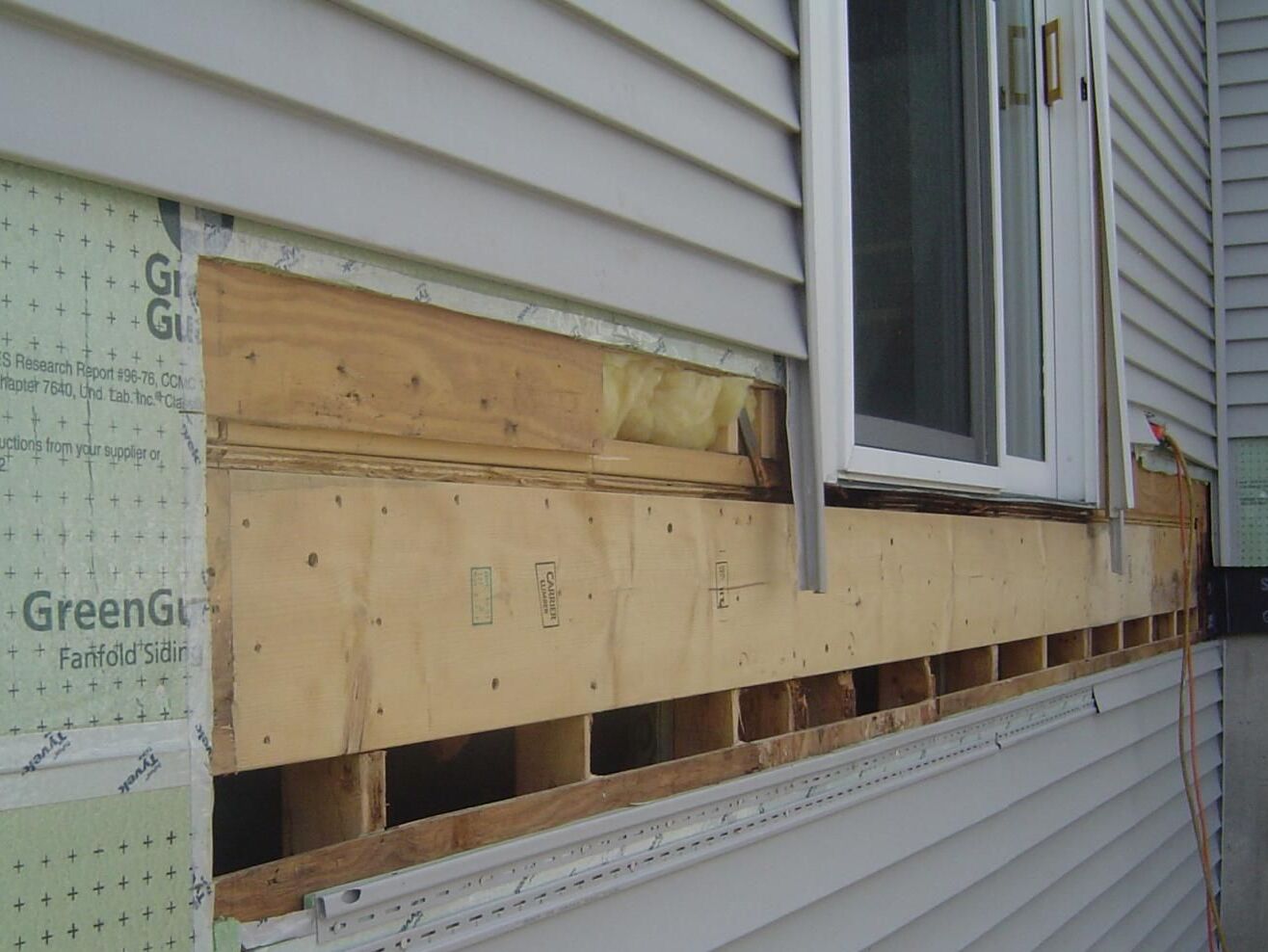
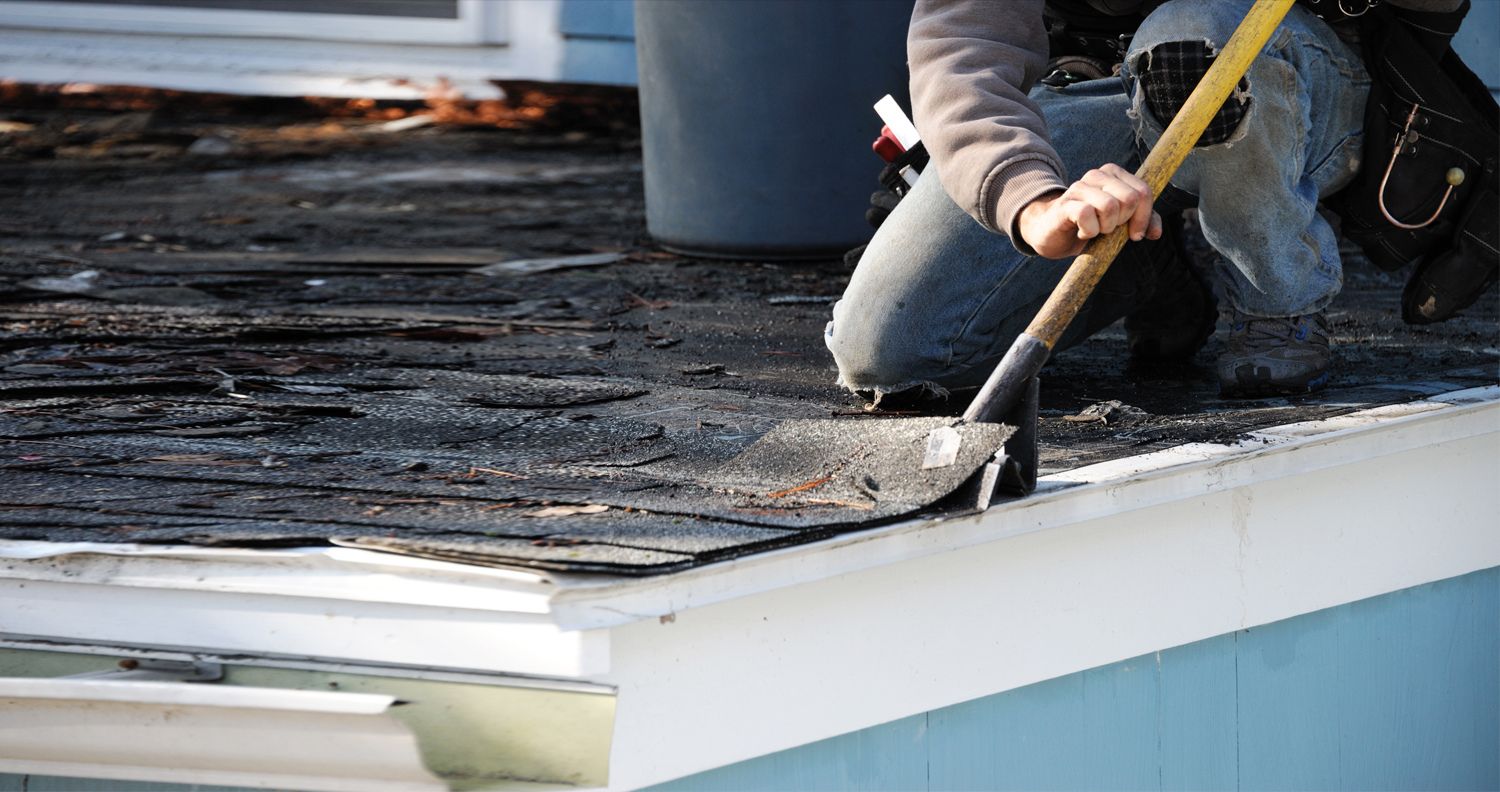
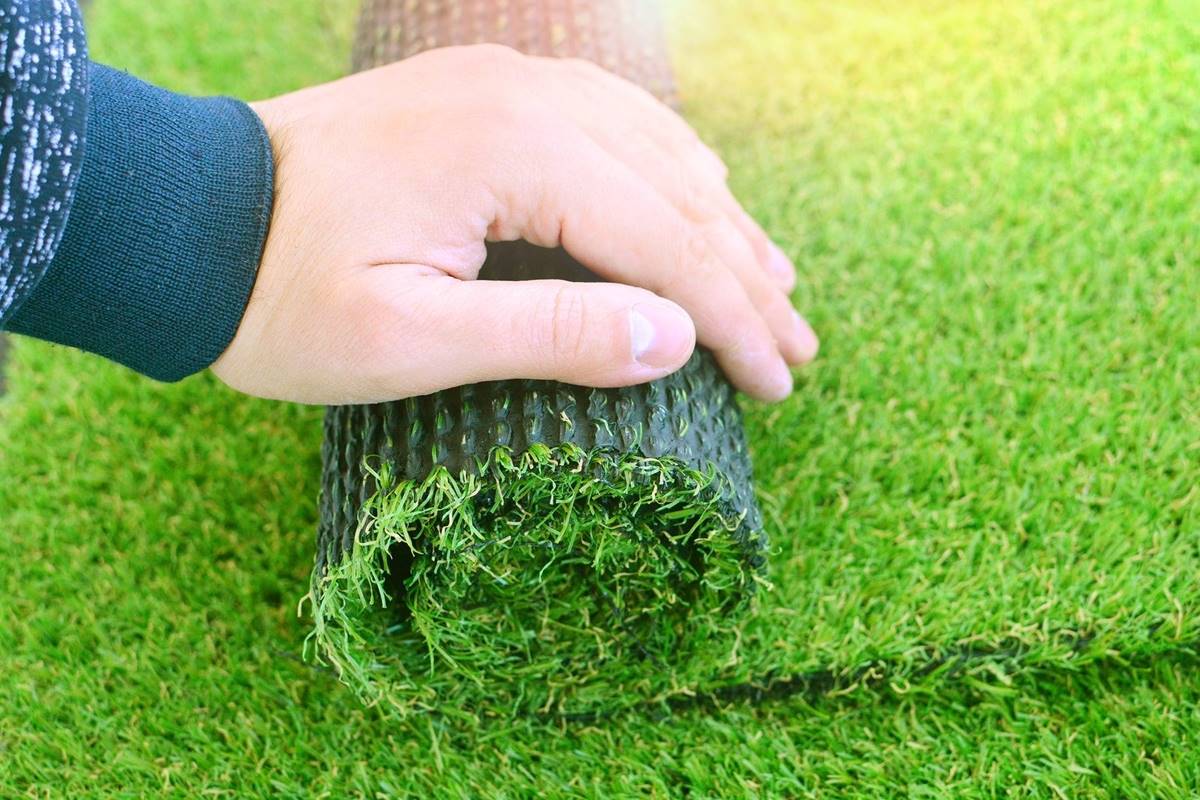
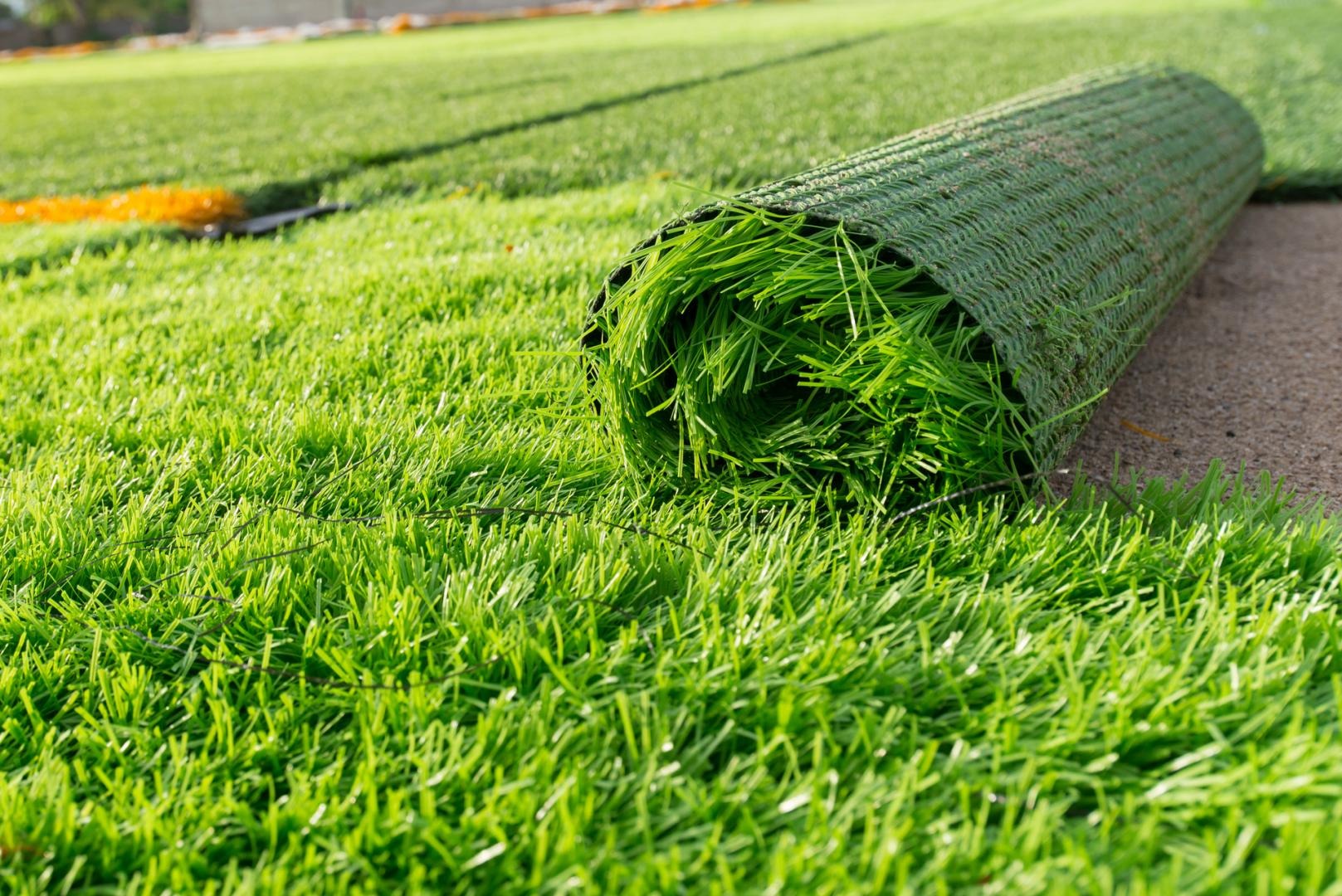
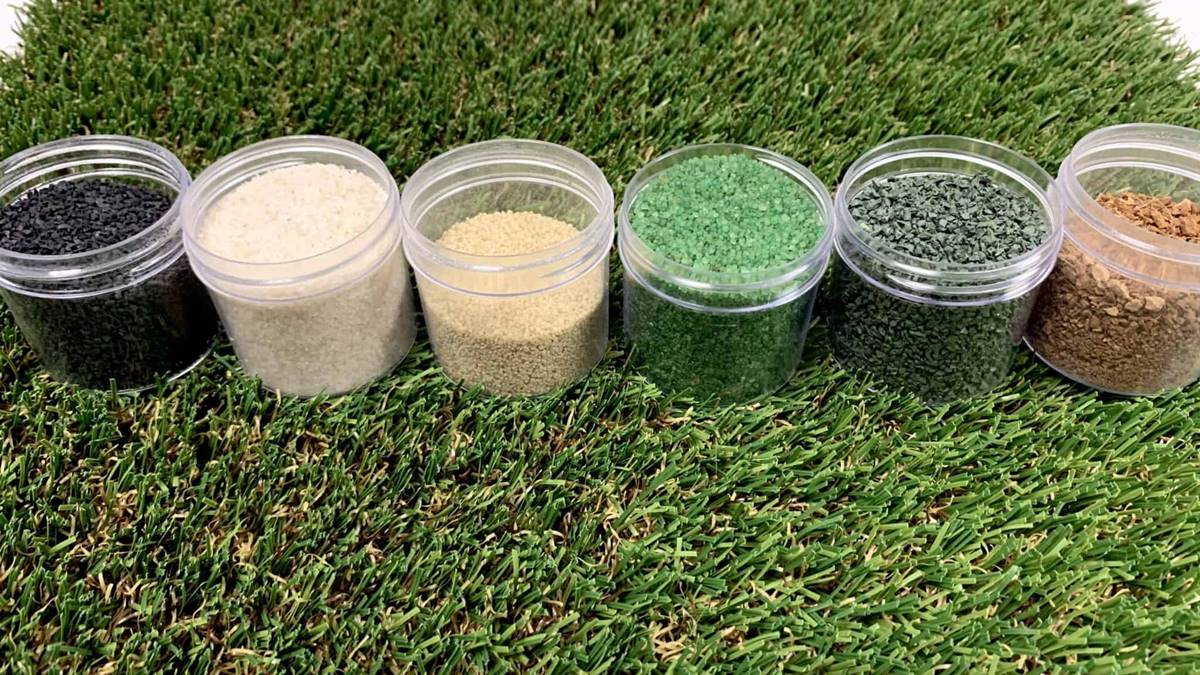

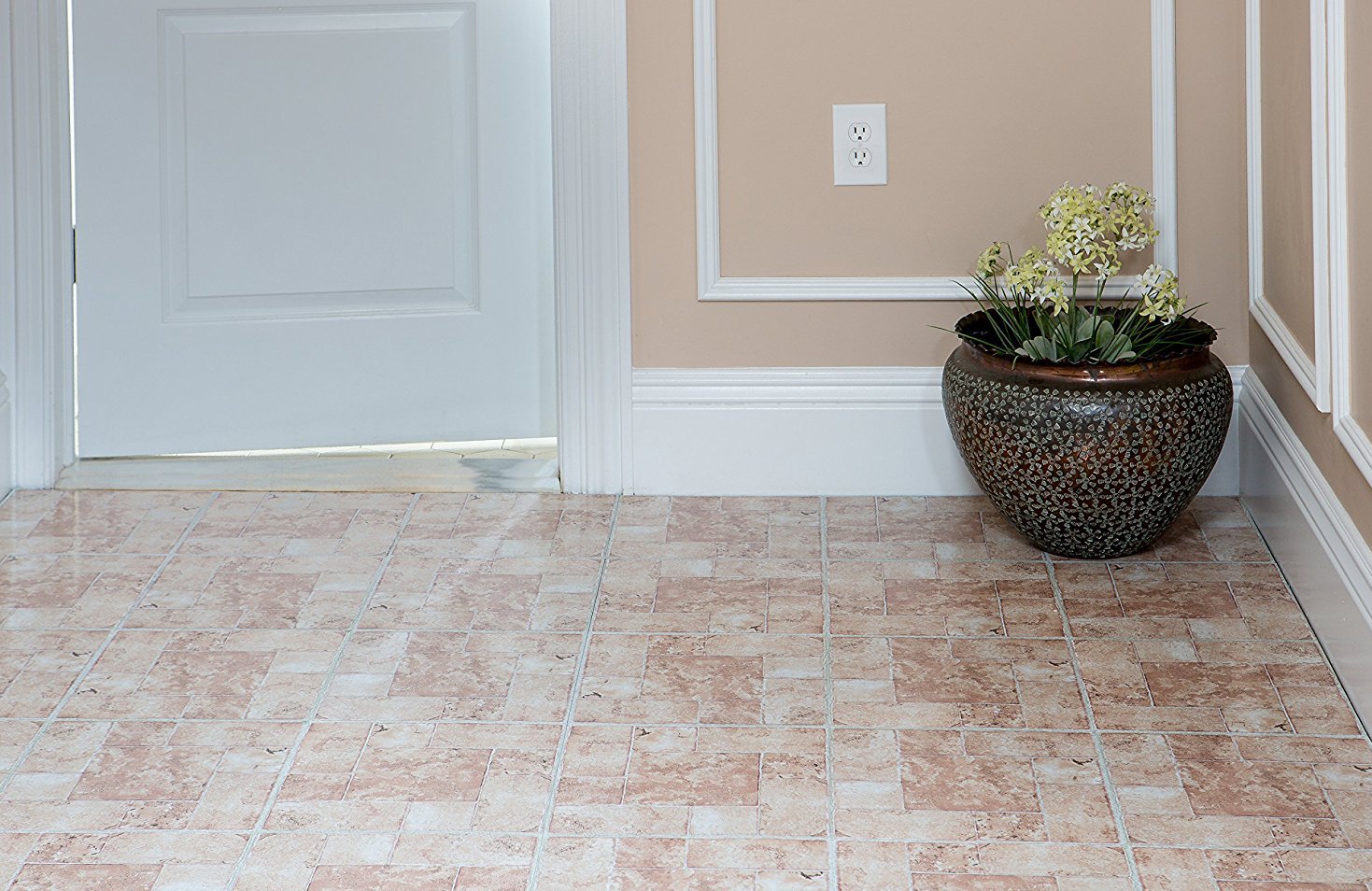


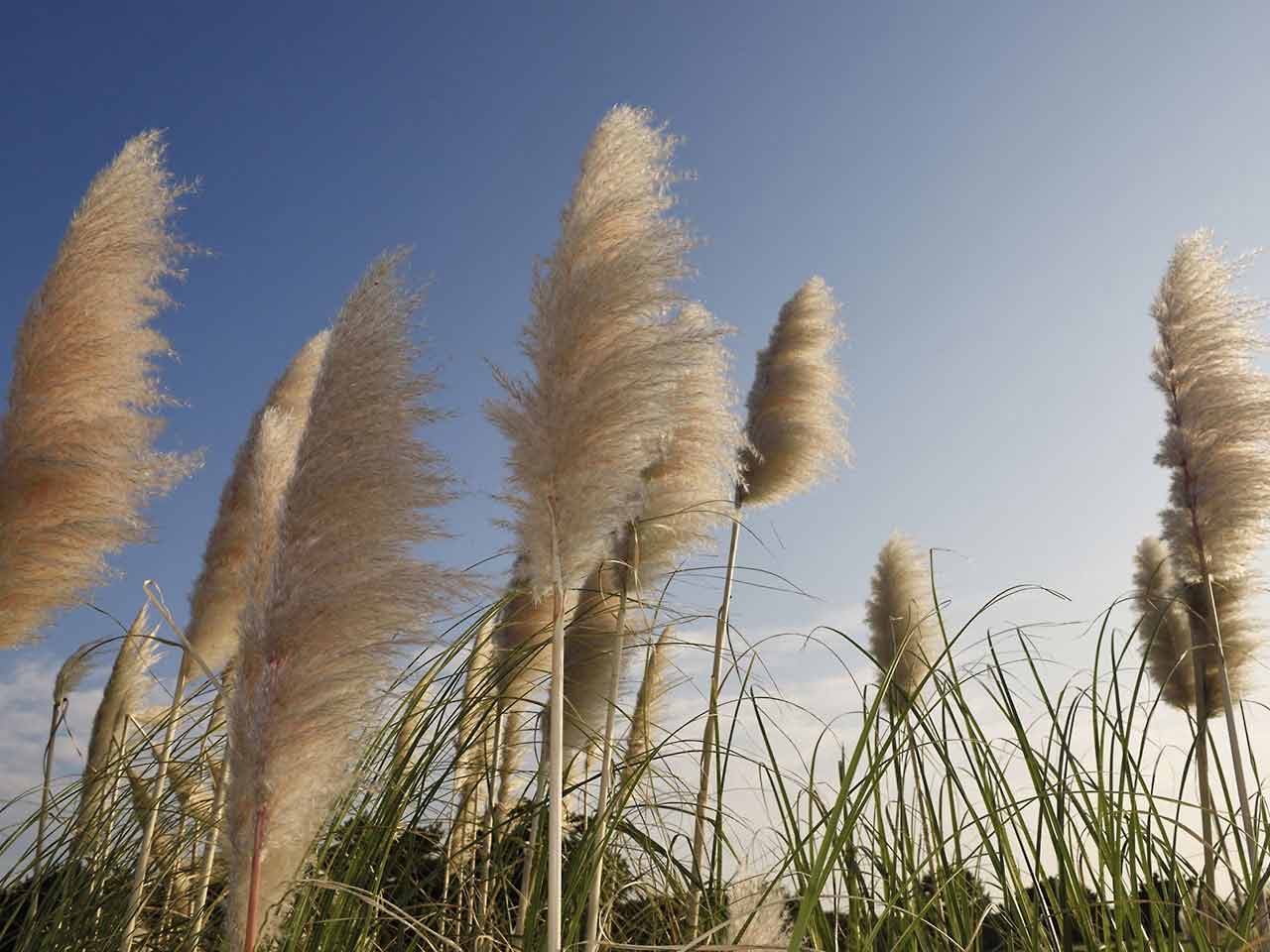
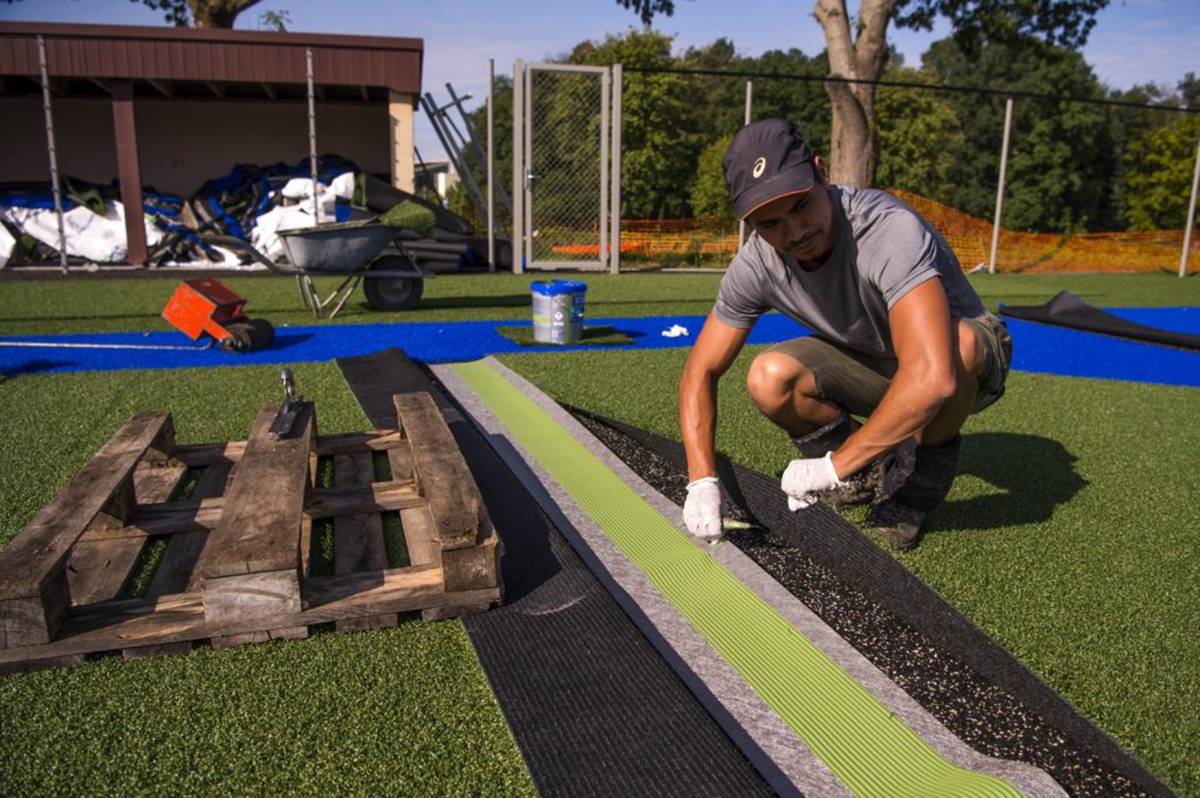
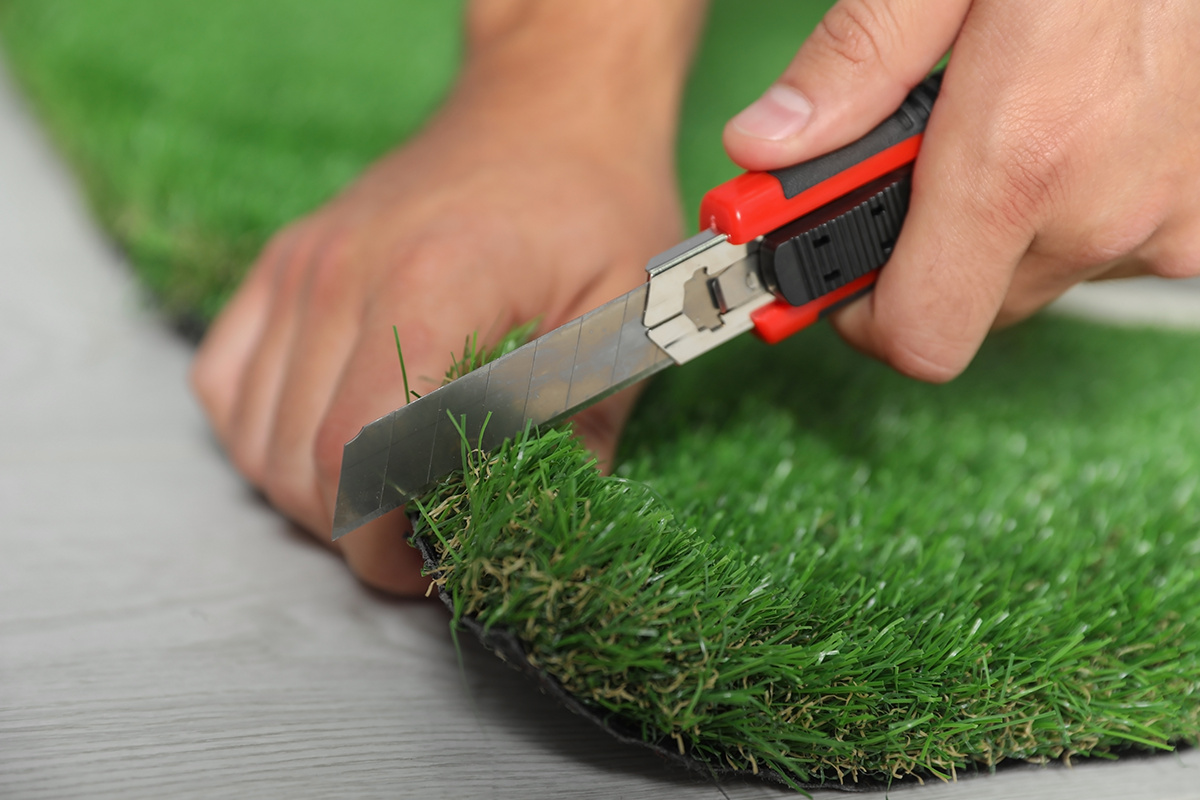
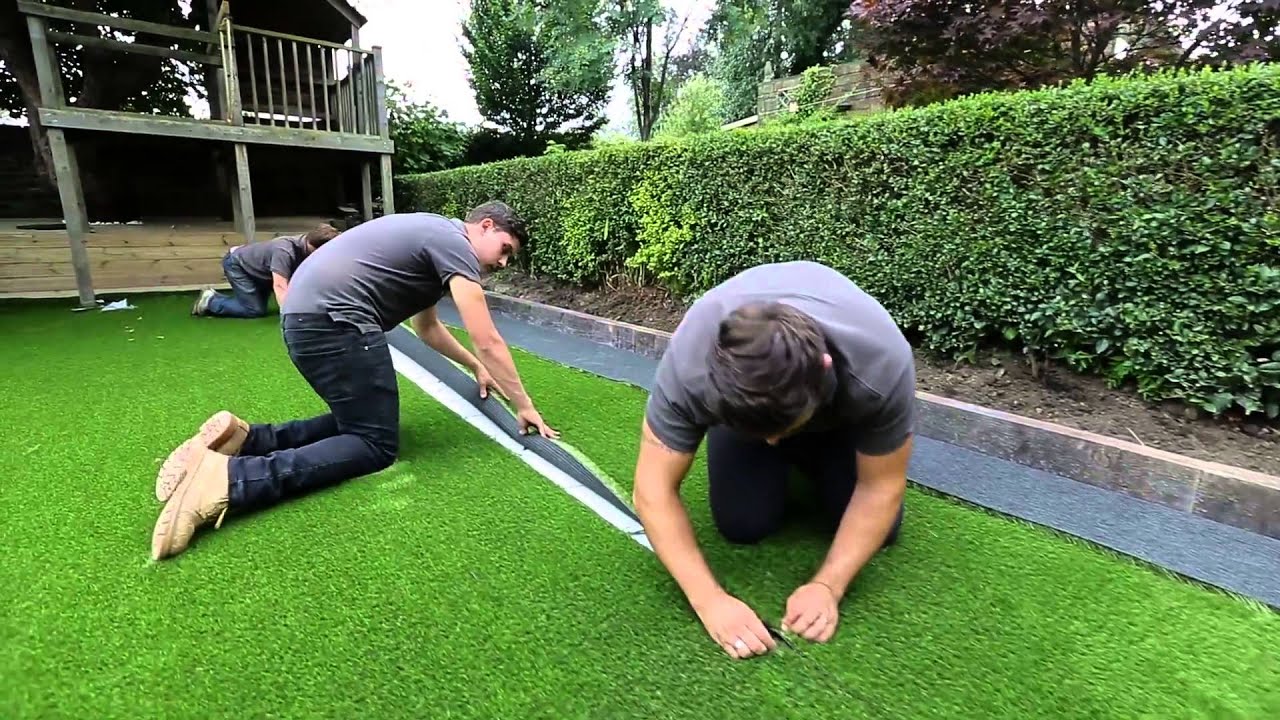
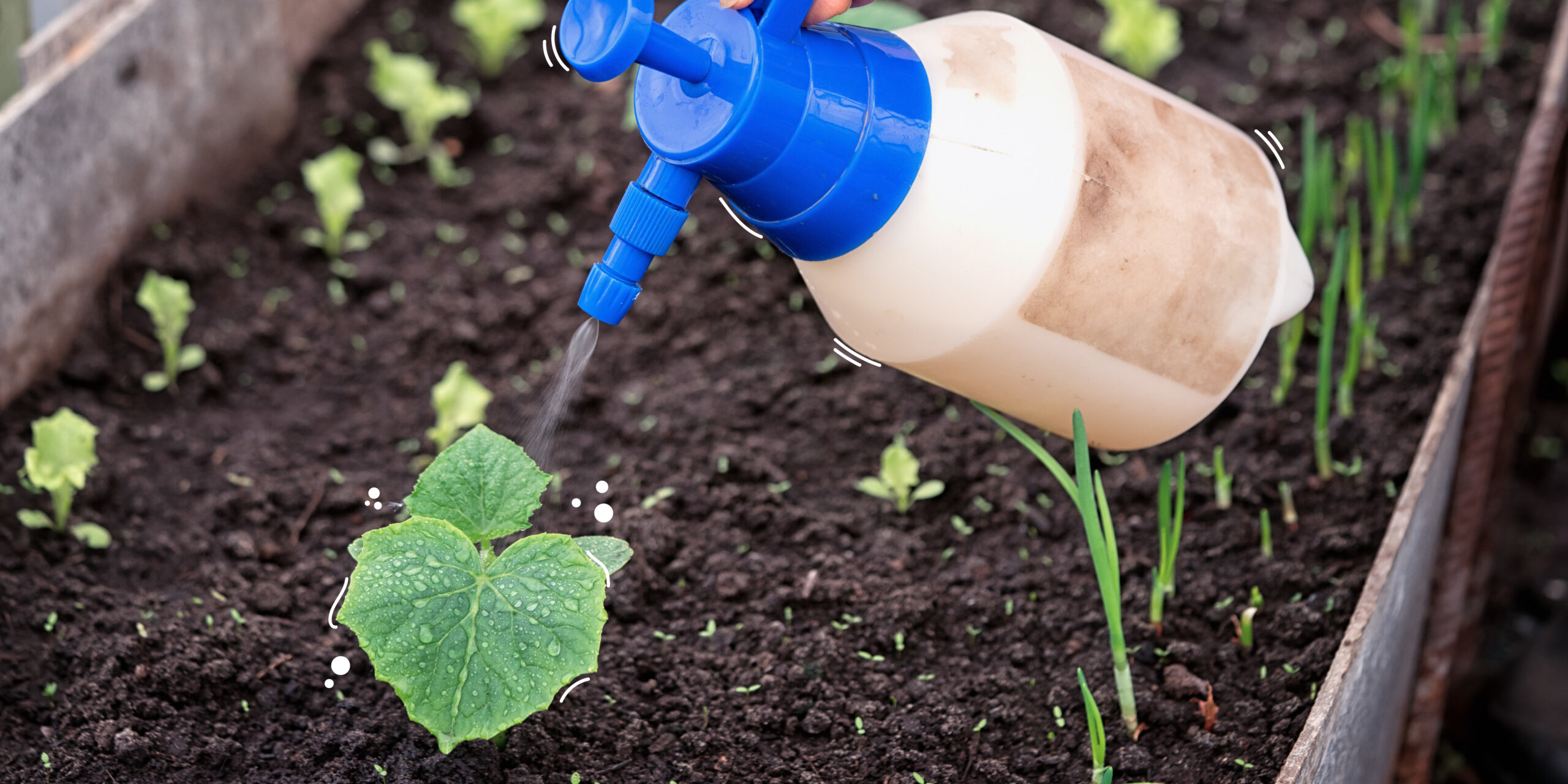

0 thoughts on “What Goes Under Synthetic Grass”